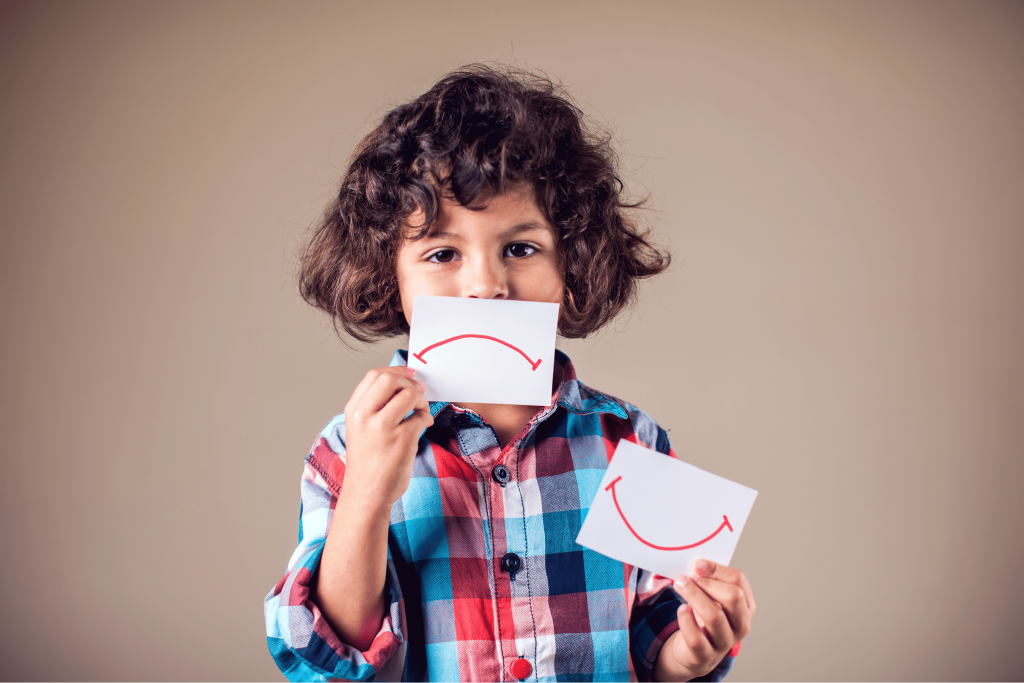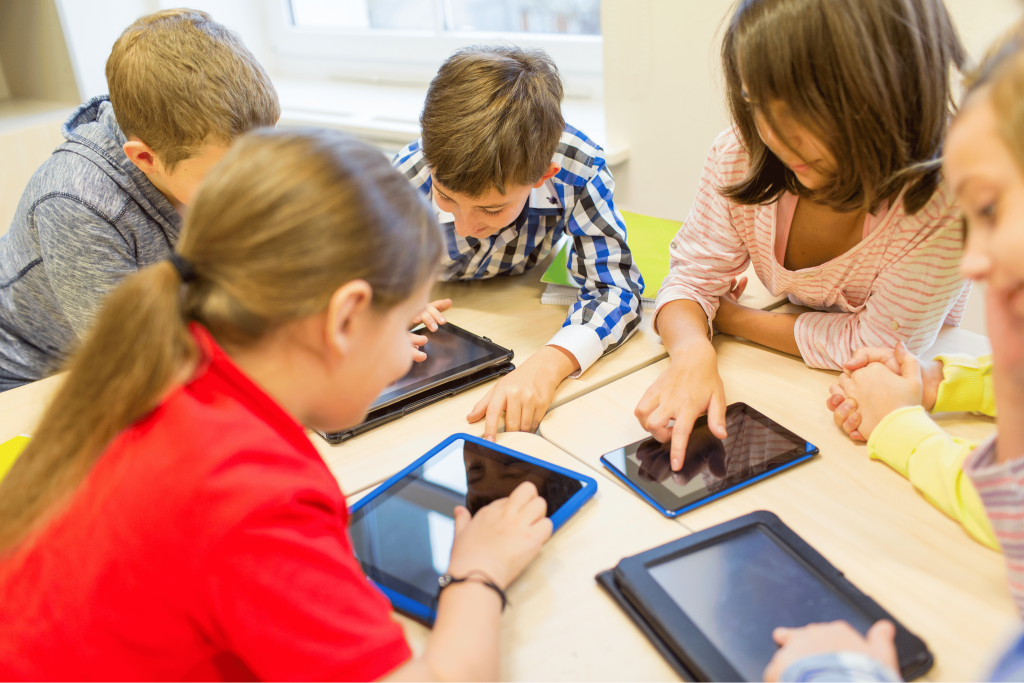Children with various conditions, such as sensory processing disorders, ADHD, autism, and developmental delays, often require therapy to improve their quality of life. Therapy can help them gain the necessary skills and abilities to overcome challenges and reach their full potential. Occupational and group therapy are two types of effective therapy for children. This article will provide an overview of these two types of therapy and compare their benefits, techniques, and how to choose the right therapy for your child.
Occupational Therapy for Children
Occupational therapy (OT) focuses on developing skills needed for daily activities or occupations, such as self-care, school, play, and social interactions. Occupational therapy for children is designed to help them improve their fine and gross motor skills, cognitive and academic performance, social skills and emotional regulation. OT uses various techniques and activities tailored to each child’s specific needs.
One of the primary benefits of occupational therapy for children is improving their fine and gross motor skills. These skills are important for self-care activities such as eating, dressing, and grooming. Occupational therapists use drawing, cutting, and buttoning to help children improve their dexterity and hand-eye coordination.
Occupational therapy also enhances cognitive and academic performance in children. Children can better hold and manipulate writing tools by improving fine motor skills, leading to improved handwriting and overall academic performance. Occupational therapists also use cognitive activities such as memory games, puzzles, and problem-solving exercises to improve cognitive skills.
Another benefit of occupational therapy for children is enhancing their social skills and emotional regulation. Occupational therapists help children develop social skills such as turn-taking, sharing, and communication through play-based activities. They also teach children how to identify and regulate their emotions, which can help with anxiety, frustration, and behaviour issues.
Occupational therapy techniques used for children include sensory integration therapy, play-based therapy, and handwriting and fine motor activities. Sensory integration therapy is used to help children process and respond to sensory information more effectively. Play-based therapy involves games and other play activities to develop skills and abilities. Handwriting and fine motor activities are designed to improve fine motor skills and handwriting.
Examples of occupational therapy interventions include obstacle courses, swing therapy, and sensory bins. Obstacle courses involve various physical activities that children must complete to improve their coordination and motor skills. Swing therapy uses swings to help children regulate their sensory system. Sensory bins are filled with various materials that children can play with to improve their sensory processing.
Group Therapy for Children
Group therapy involves a group of children working with a therapist with similar conditions or goals. The primary benefit of group therapy for children is improving their social skills and providing a supportive environment for learning and growth. Group therapy also encourages peer modelling and learning, which can benefit children struggling with social interactions.
Group therapy techniques for children include cooperative games and activities, role-playing and social skills training, and art and creative expression. Cooperative games and activities involve working with peers to complete a task or solve a problem. Role-playing and social skills training involve practising social interactions and communication in a safe and supportive environment. Art and creative expression allow children to express themselves nonverbally, which can be helpful for those who struggle with verbal communication.
Examples of group therapy interventions include social skills, art, and play therapy groups. Social skills groups involve children learning and practising social skills such as communication, empathy, and problem-solving. Art therapy groups use art as a means of communication and expression. Play therapy groups involve children playing together and practising social skills.
Comparison of Occupational and Group Therapy
While occupational therapy and group therapy share some similarities in their techniques and goals, notable differences can affect which type of therapy is best for a particular child.
Benefits: Occupational and group therapy can benefit children in various ways, such as improving their social skills and emotional regulation. However, occupational therapy is more focused on developing specific skills related to daily activities, while group therapy is more focused on improving social interactions and providing a supportive environment for learning and growth.
Techniques: Occupational therapy uses techniques tailored to each child’s specific needs, such as sensory integration therapy, play-based therapy, and handwriting and fine motor activities. Group therapy, on the other hand, uses techniques such as cooperative games and activities, role-playing and social skills training, and art and creative expression.
Individual vs. group: Occupational therapy is typically one-on-one, with the therapist working directly with the child to develop specific skills. Group therapy involves a group of children working with a therapist with similar conditions or goals. While individual therapy may be more beneficial for children who need more personalised attention, group therapy can provide a supportive environment for peer learning and social skill development.
Choosing the Right Therapy for Your Child
When considering which type of therapy is best for your child, it is important to consider their specific needs and goals. Occupational therapy may be more beneficial for children who need to improve specific skills related to daily activities, such as fine motor skills or handwriting. Group therapy may be more beneficial for children who struggle with social interactions and need a supportive environment for learning and growth.
When choosing a therapy, it is also important to consider the child’s personality and preferences. Some children may thrive in a one-on-one setting with an occupational therapist, while others may enjoy group therapy’s social interaction and support.
Occupational therapy and group therapy are both effective forms of therapy for children with various conditions. While occupational therapy focuses more on developing specific skills related to daily activities, group therapy focuses on improving social interactions and providing a supportive environment for learning and growth. When choosing the right therapy for your child, it is important to consider their specific needs and goals, as well as their personality and preferences. Children can overcome challenges and reach their full potential with the right therapy and support.



